We may earn money or products from the companies mentioned in this post. This means if you click on the link and purchase the item, I will receive a small commission at no extra cost to you ... you're just helping re-supply our family's travel fund.
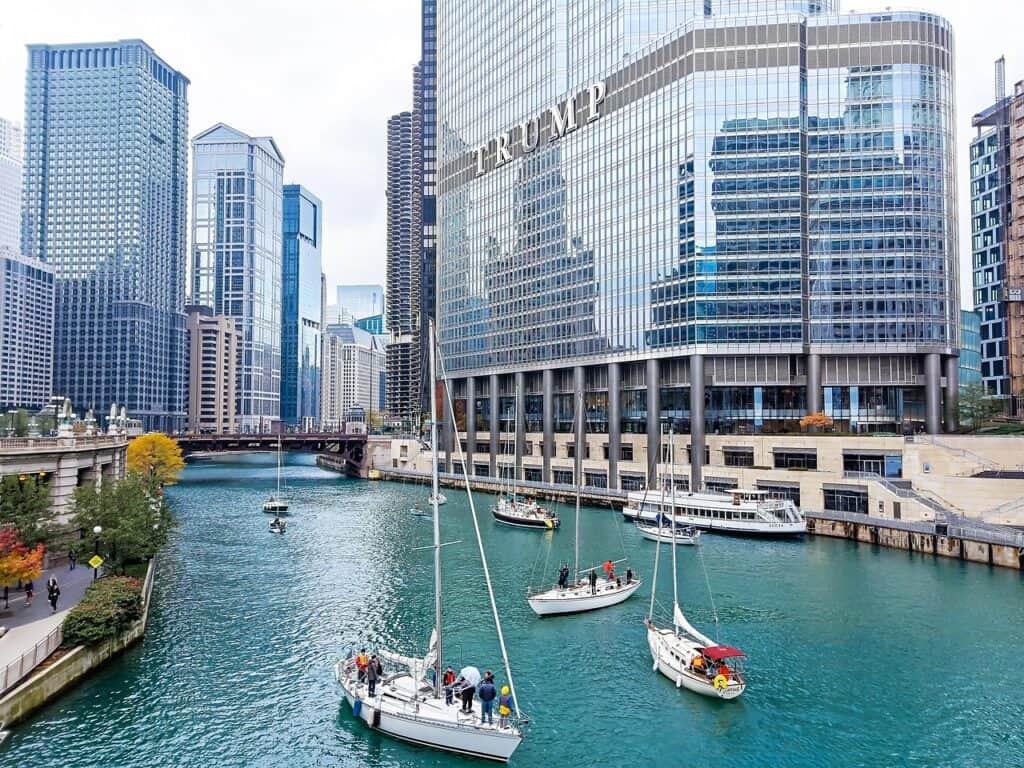
Talk about diversity, and the U.S. stands out as one of the most culturally layered nations in the world. But beyond the well-known global cities, there are entire metro regions where the variety of cultures, cuisines, and customs could mirror that of entire countries. These aren’t just diverse; they’re living ecosystems shaped by immigration, history, and innovation. Here’s a look at nine U.S. regions that prove just how global America can be.
1. The New York Metropolitan Area
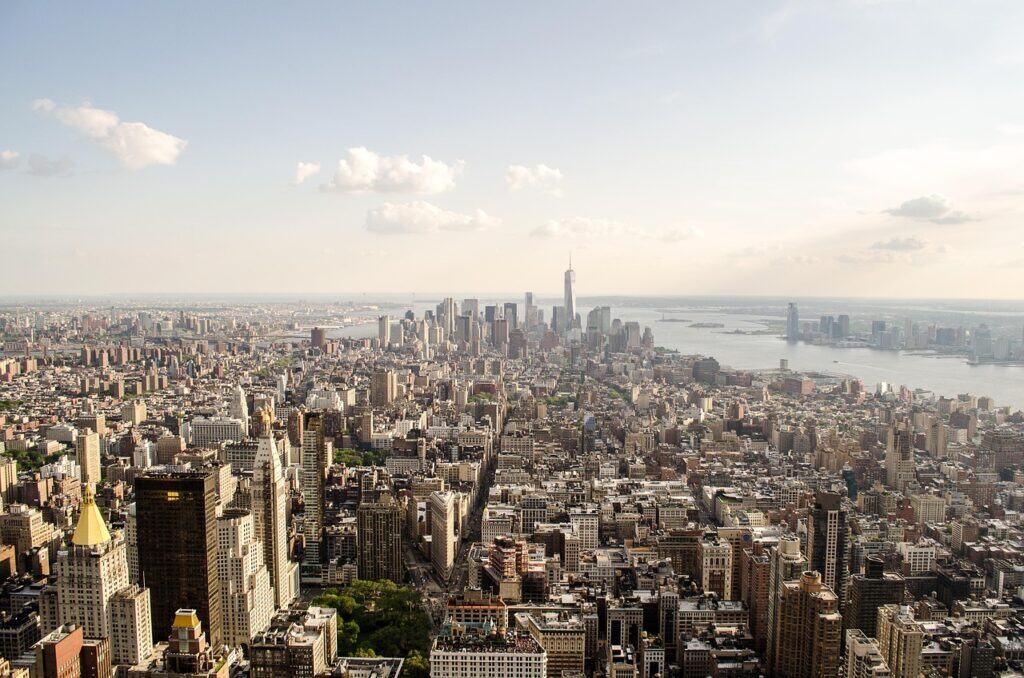
If there’s such a thing as the world-in-miniature, it’s New York and its sprawl. More than 180 languages are spoken here every day. A walk through neighborhoods feels like crossing continents: Flushing’s Chinese eateries, Jackson Heights alive with Indian and Latin American voices, Brighton Beach carrying the spirit of Russian-speaking diasporas from across the former Soviet Union. From parades to museums, diversity here is not just a slogan but a way of life.
2. Southern California
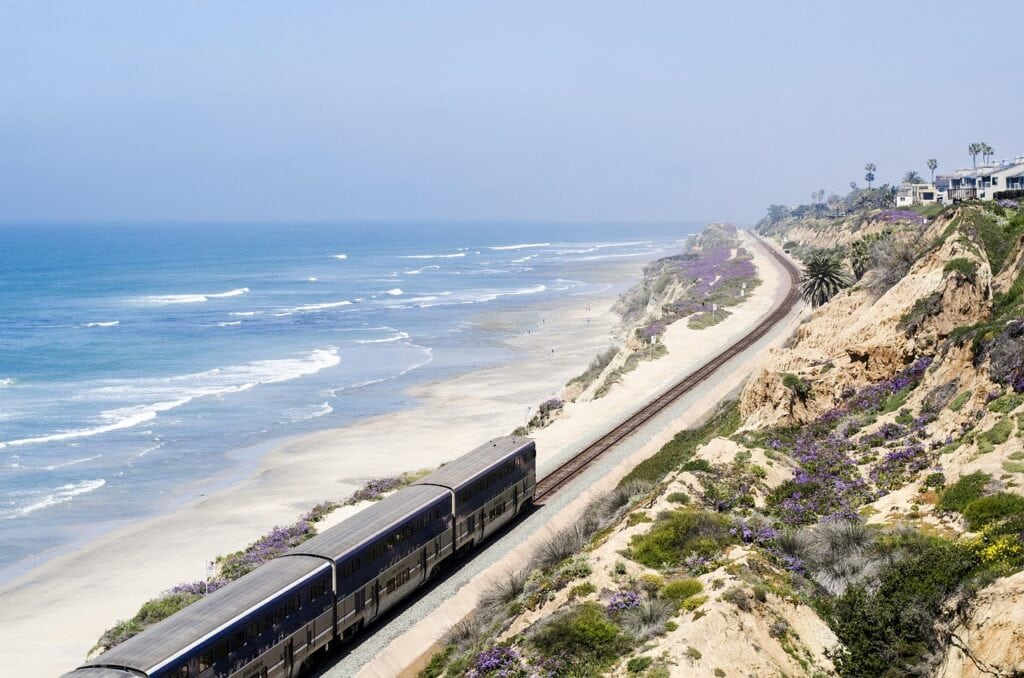
Here’s the thing: from LA to San Diego, the faces and voices you encounter are from everywhere. Mexican heritage shapes the region’s culture, but there’s also Korean barbecue sizzling in Koreatown, Filipino markets bustling in West Covina, Persian bakeries in Irvine. The region’s food trucks, festivals, and even local radio tie together dozens of communities. It’s not just multicultural on paper — it’s in shared parks, blended neighborhoods, and in the fact that newcomers keep adding layers to the story.
3. The San Francisco Bay Area
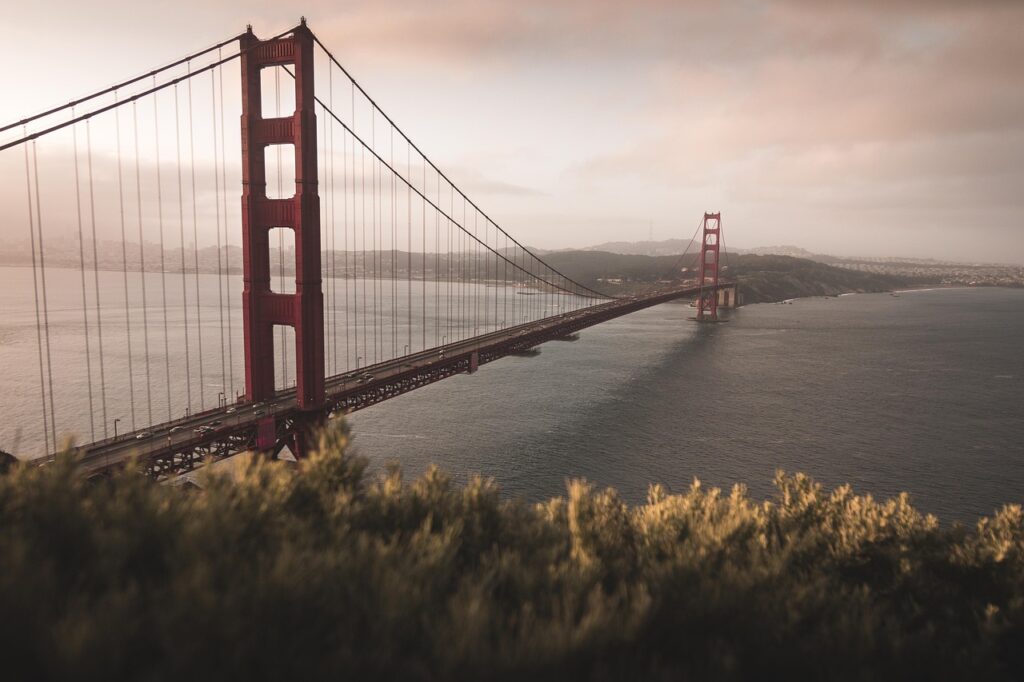
San Francisco and its surrounding cities have long attracted the globally curious. Thanks to long waves of immigration, the Bay Area is now home to communities from China, India, Mexico, Vietnam, and more. You’ll spot Lunar New Year banners in Oakland, Diwali lights in Fremont, and street tacos in San Jose. The tech sector brings another layer, drawing talent from every continent. The real magic is how these influences mix, sparking culinary fusions, cross-cultural collaborations, and public art that blends old traditions with new ideas.
4. The Greater Chicago Area
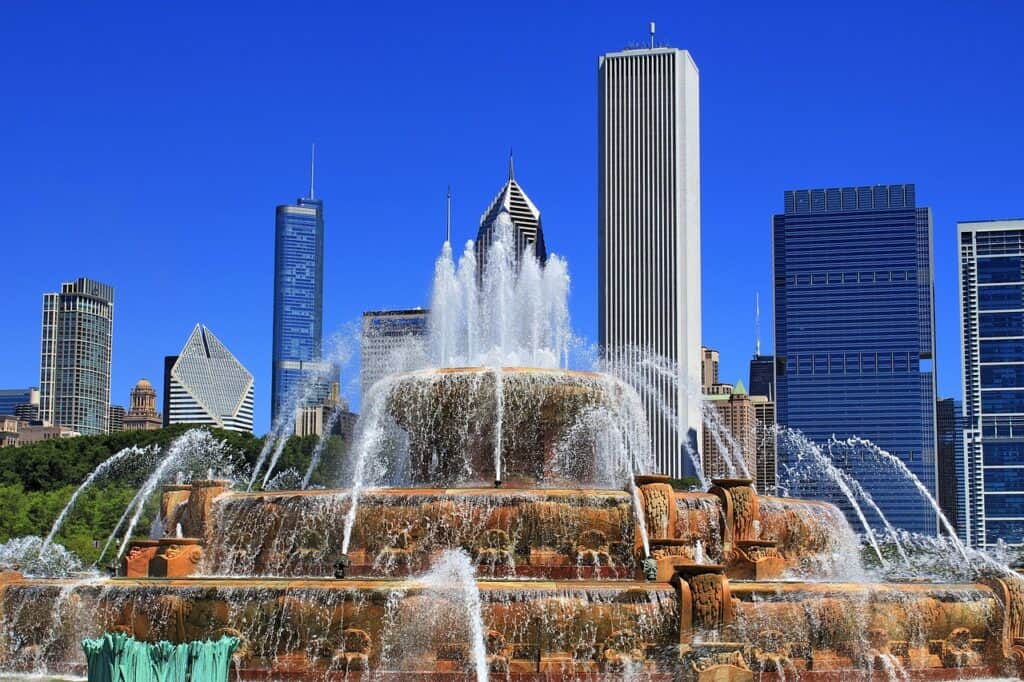
Chicago isn’t subtle about its roots and that’s the beauty of it. You can visit a Polish bakery, Mexican taqueria, and an Indian spice shop all in one afternoon. Neighborhoods like Pilsen, Chinatown, and Devon Avenue offer immersive cultural experiences, and the city’s parade schedule serves up Greek, Scandinavian, Chinese, and Puerto Rican pride throughout the calendar. This isn’t just surface diversity: communities dig deep to honor their heritage while finding ways to share it beyond their own circles.
5. South Florida
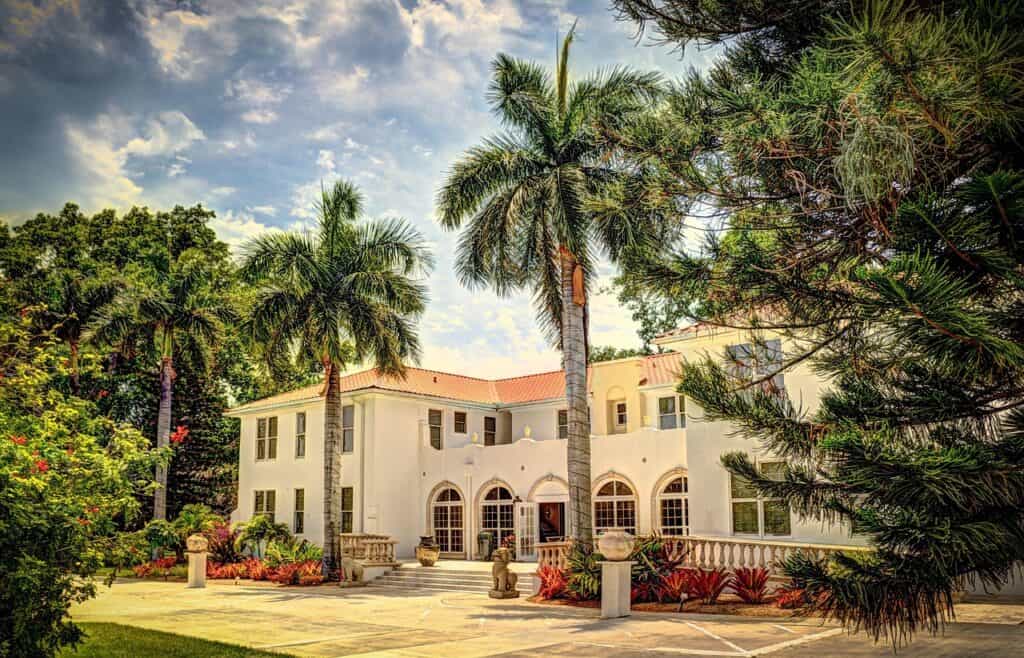
From Miami up the coast, South Florida pulses with Caribbean and Latin American energy. Streets are alive with Spanish, Haitian Creole, and Brazilian Portuguese. Cuban cafes, Colombian bakeries, and Haitian street festivals are just the beginning. What stands out is how each cultural wave leaves a visible imprint, from salsa dance clubs to vibrant murals, to radio hosts switching languages in one segment. Here, diversity is more than inclusion; it defines the region’s style.
6. The Pacific Northwest
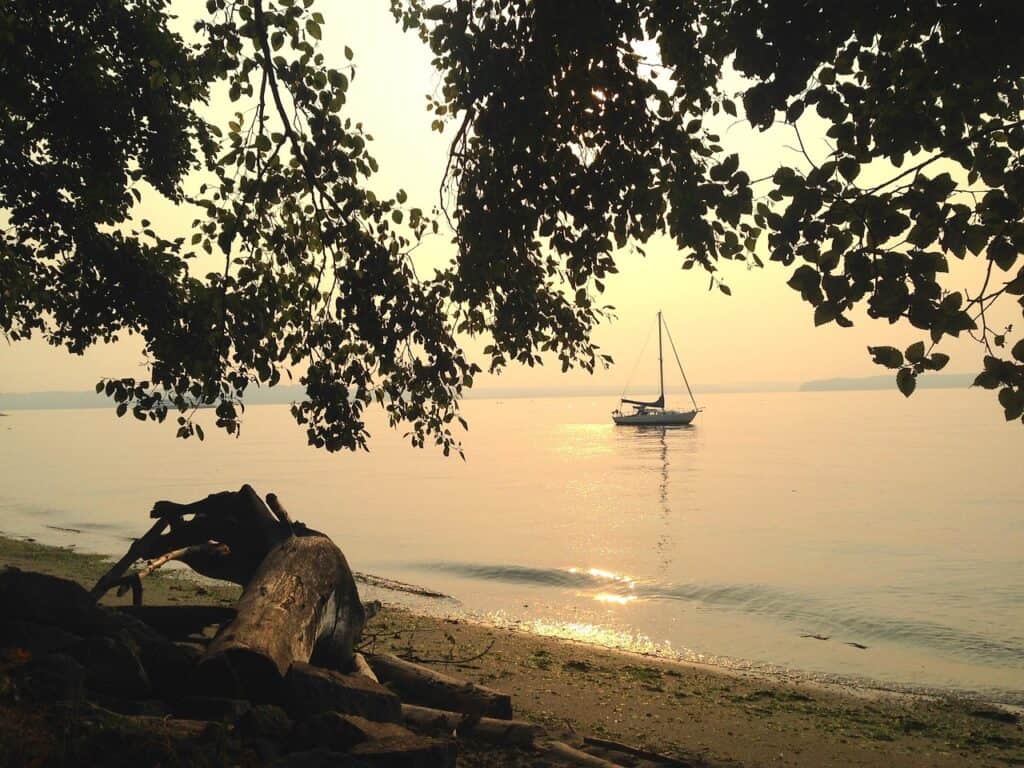
Seattle and its surrounding region lead the Pacific Northwest in cultural variety, with Portland adding quieter layers of influence. Ethiopian cafes sit near Vietnamese pho shops, and markets feature spices from Asia and East Africa. Local festivals highlight Eritrean cuisine, Japanese cherry blossoms, and Polish traditions. It is a blend shaped by immigration, technology, and sustainability. The diversity may feel understated, but once seen, it’s unmistakable.
7. The Houston Metro Area
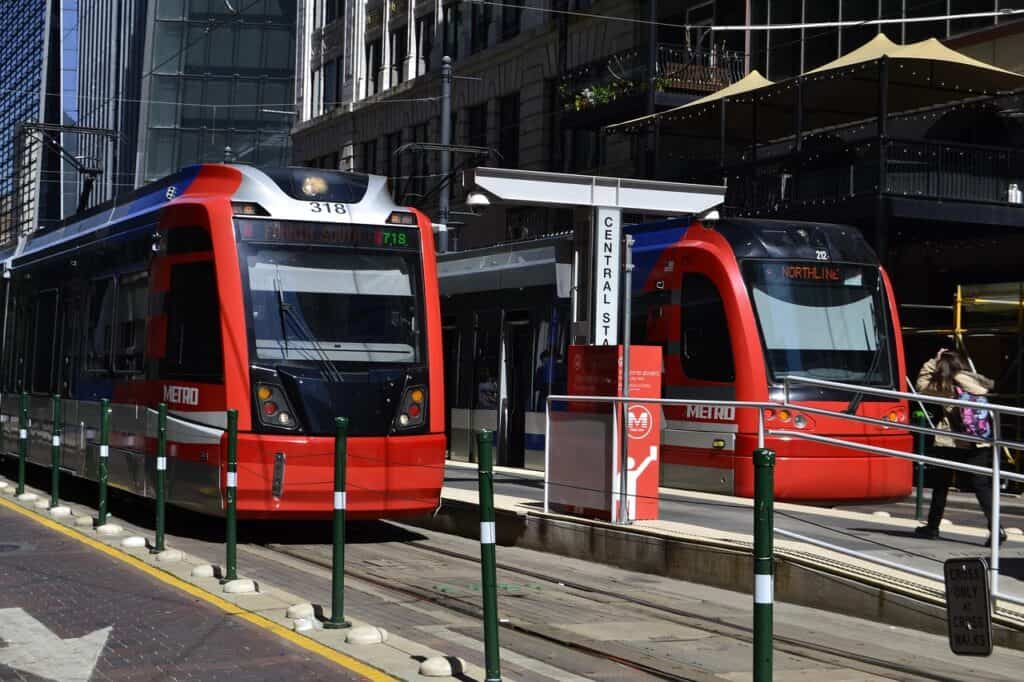
Houston may be best known for space and energy, but its streets tell a broader story. Vietnamese, Nigerian, Salvadoran, South Asian, and dozens of other cultures have built a city where international food and festivals are part of daily life. You can order jollof rice, pho, pupusas, or samosas within a few blocks. Community celebrations and cultural centers highlight global traditions, while booming industries add new influences every year.
8. The Twin Cities, Minnesota
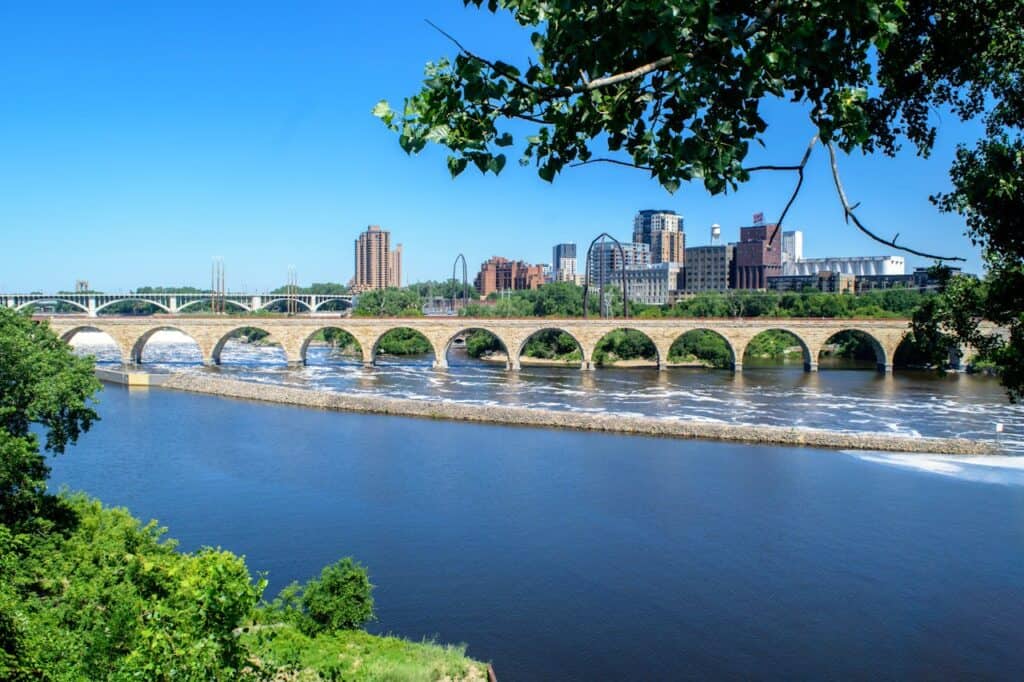
Minneapolis and St. Paul have become home for large Somali and Hmong communities, alongside sizable Latinx and Eastern European populations. That means grocery stores packed with global produce, school festivals featuring multiple languages, and restaurants serving injera next to pierogis. Community events, from Somali Independence Day to Midwestern Oktoberfest, are big, joyful, and open to everyone. The cultural mix reshapes local arts, politics, and even neighborhood architecture, making the Twin Cities truly global but still uniquely Midwestern.
9. Northern New Jersey
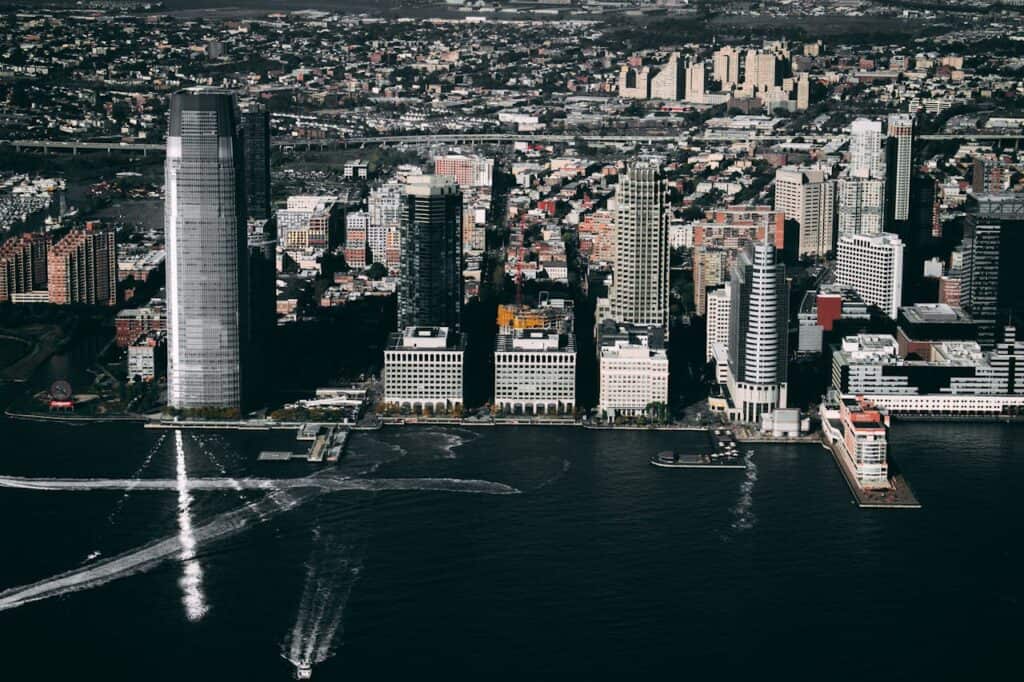
Jersey City, Paterson, and Edison are proof you don’t need skyscrapers to compete with the world’s great cities. Northern New Jersey hosts thriving Indian, Filipino, Dominican, and Arab communities. Neighborhoods can shift from Portuguese bakeries to South Asian spice markets in the span of a few blocks. Street festivals, family-run restaurants, and multilingual signage reflect a genuine blend that’s more organic than curated. The result? An everyday life that’s richer than most travel brochures can promise.